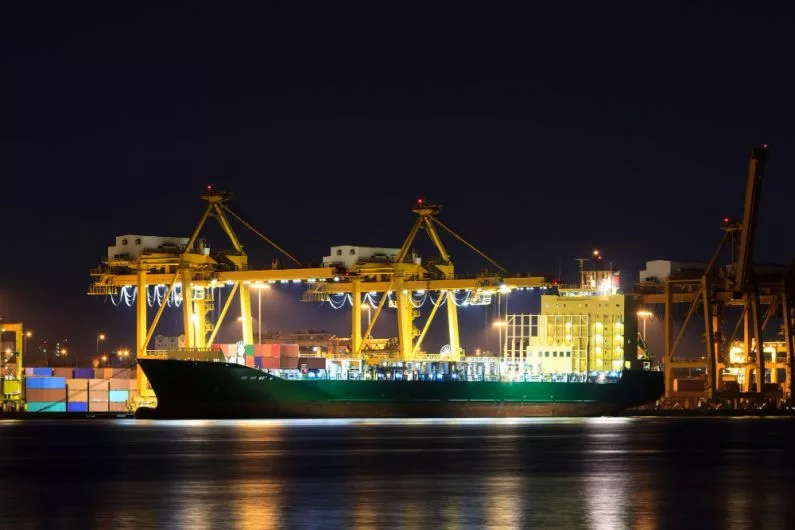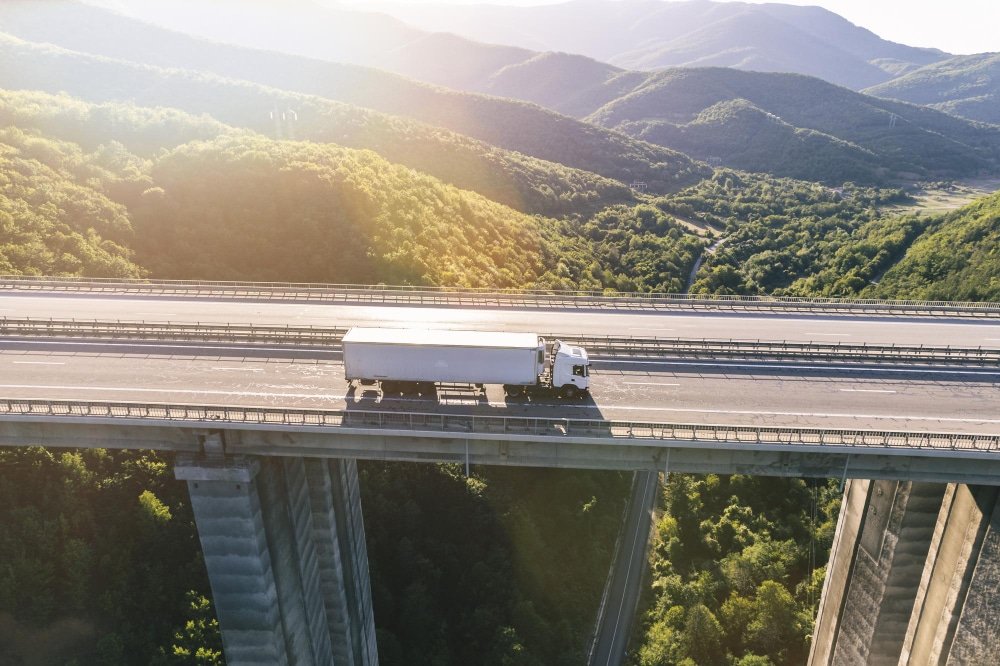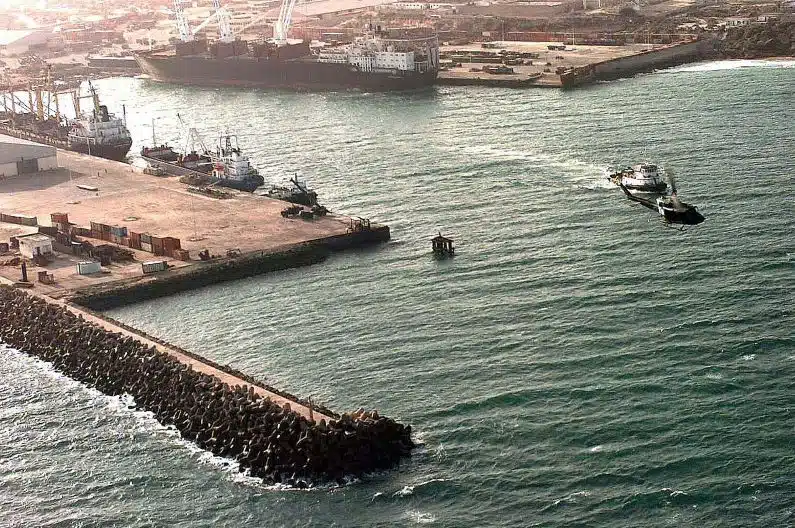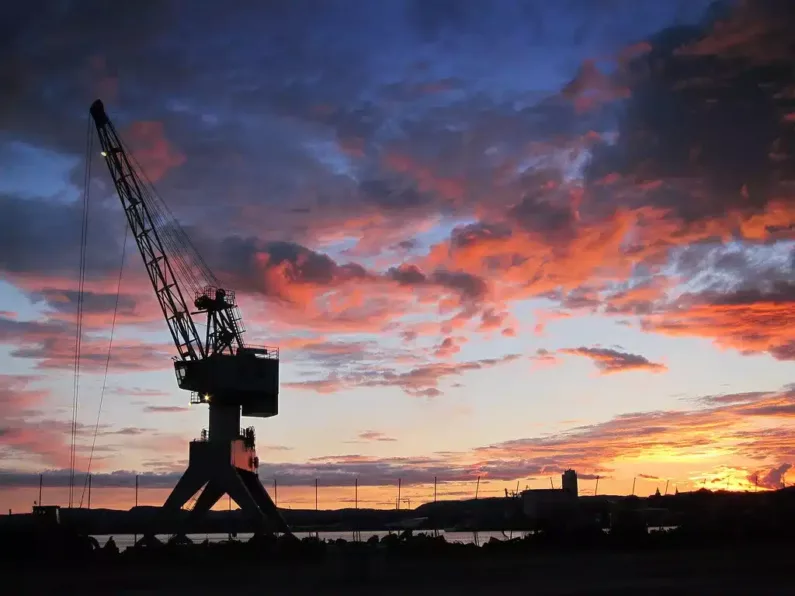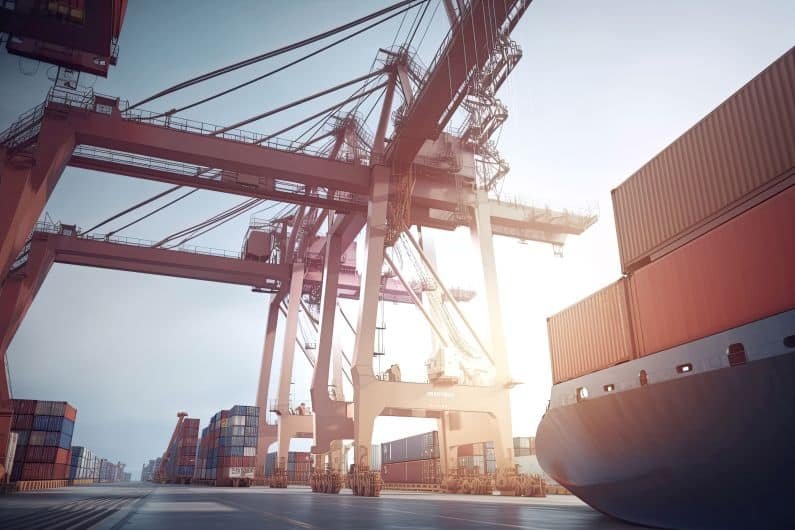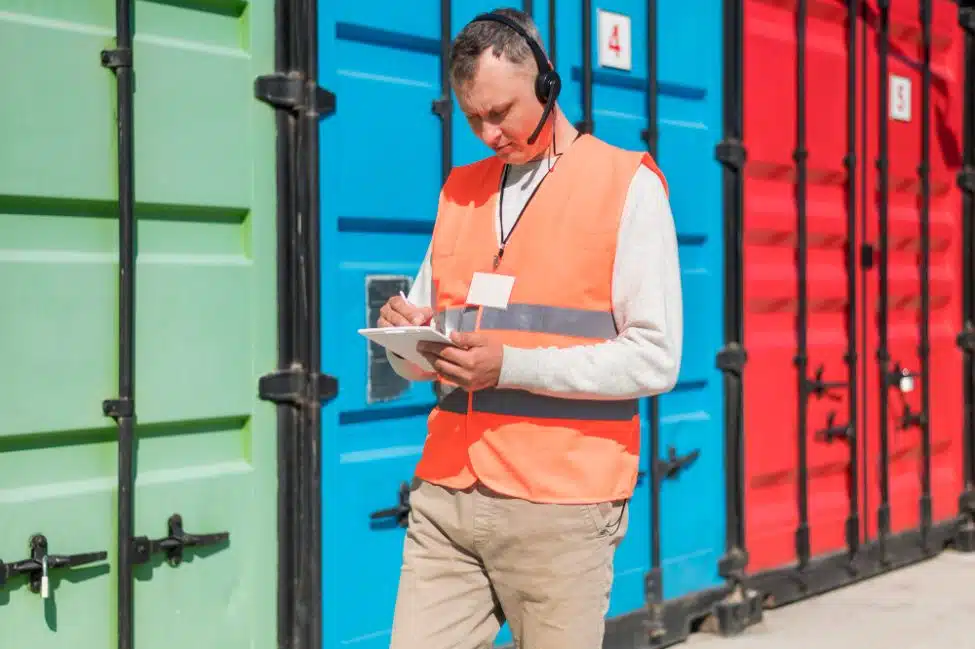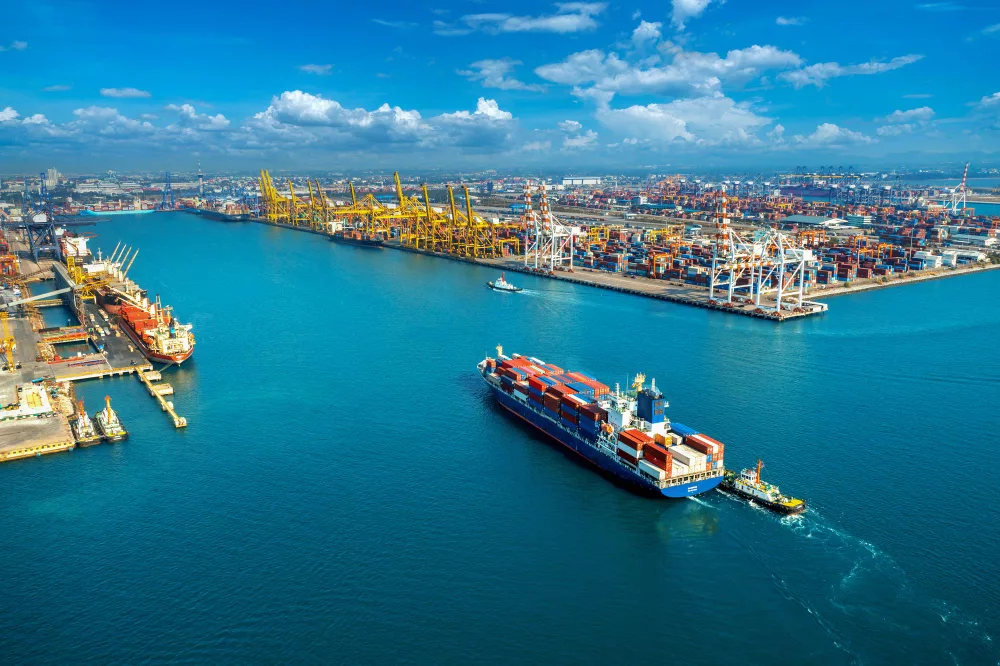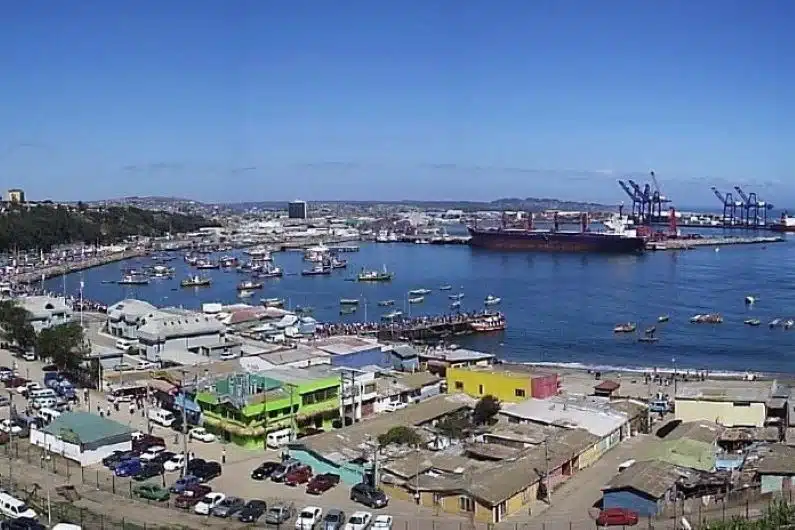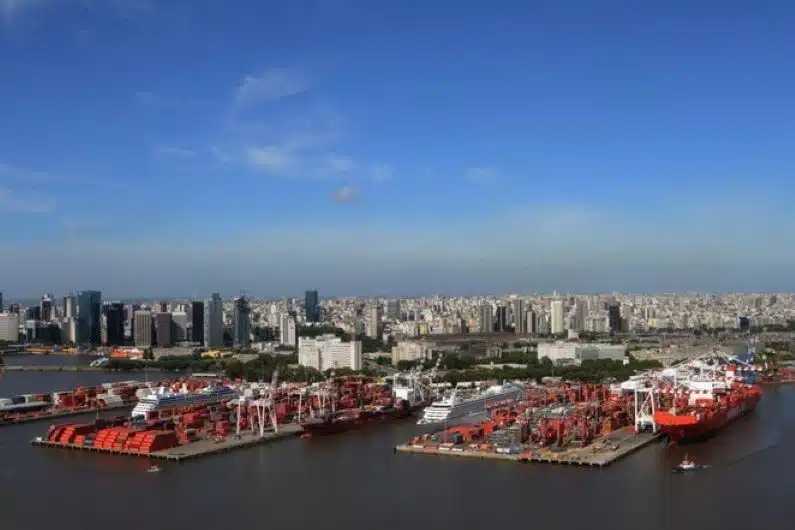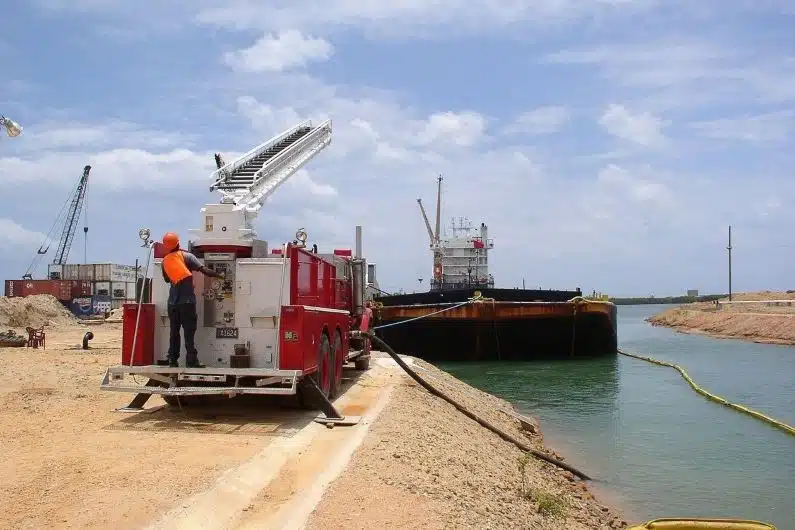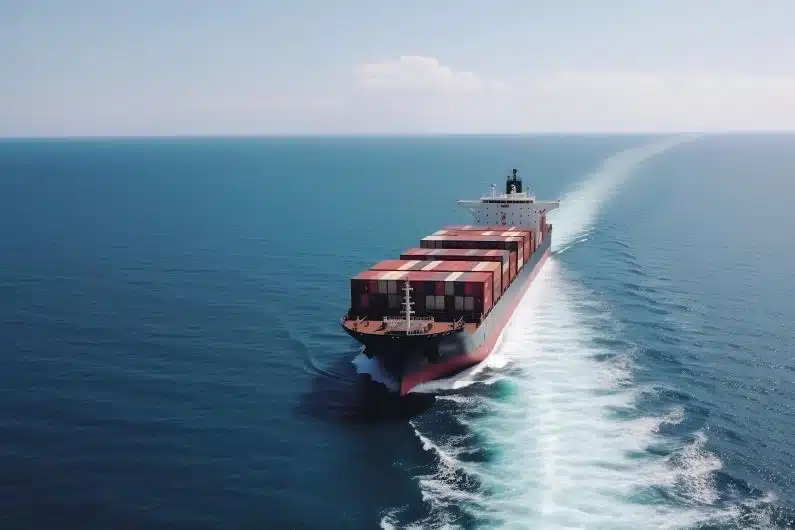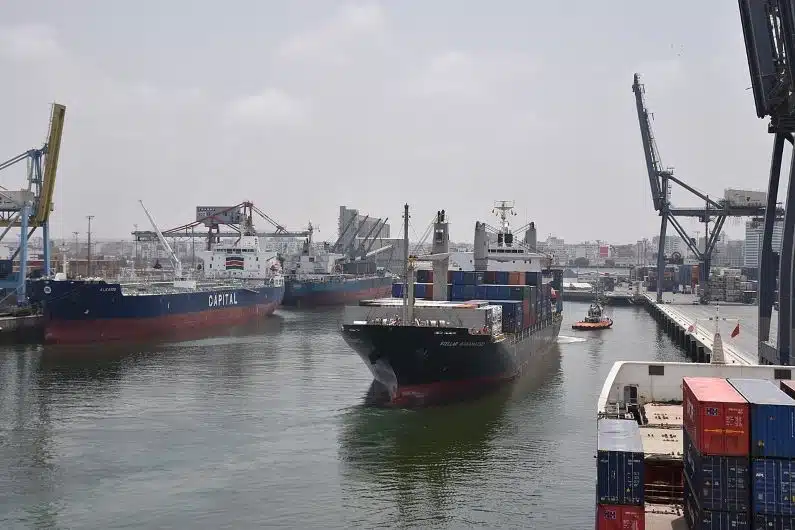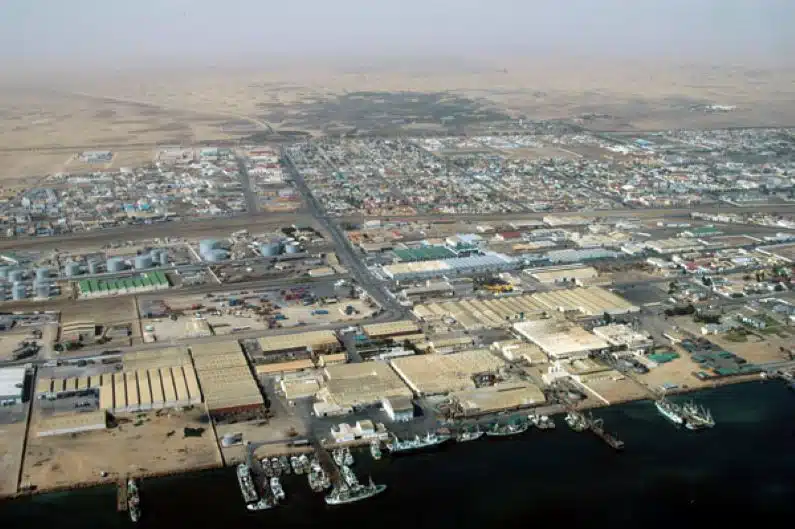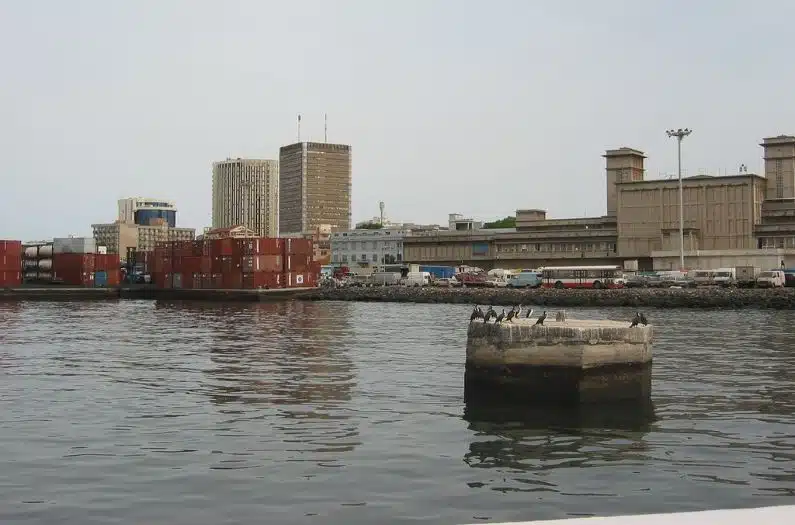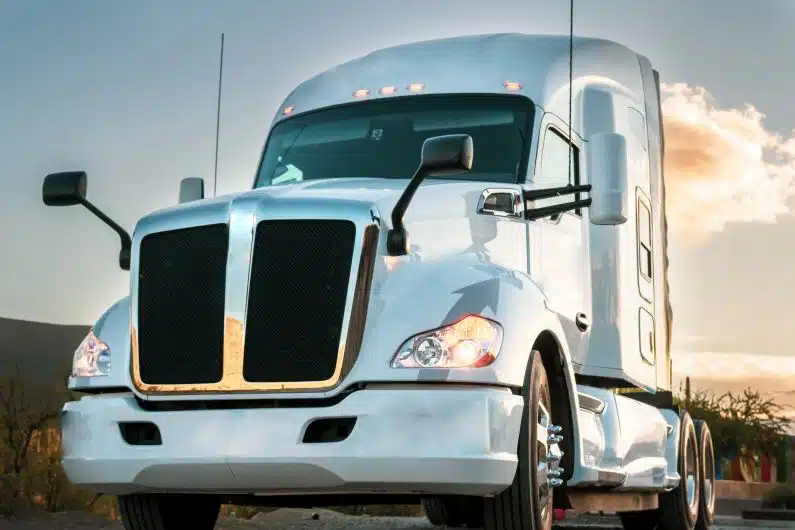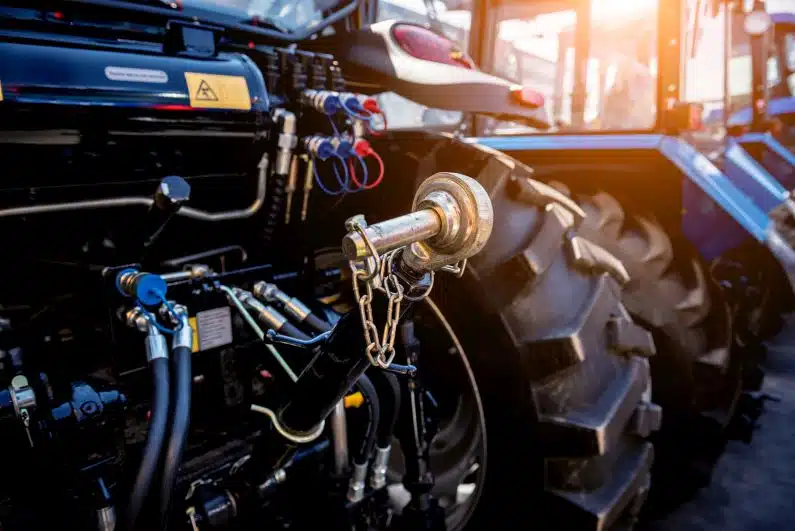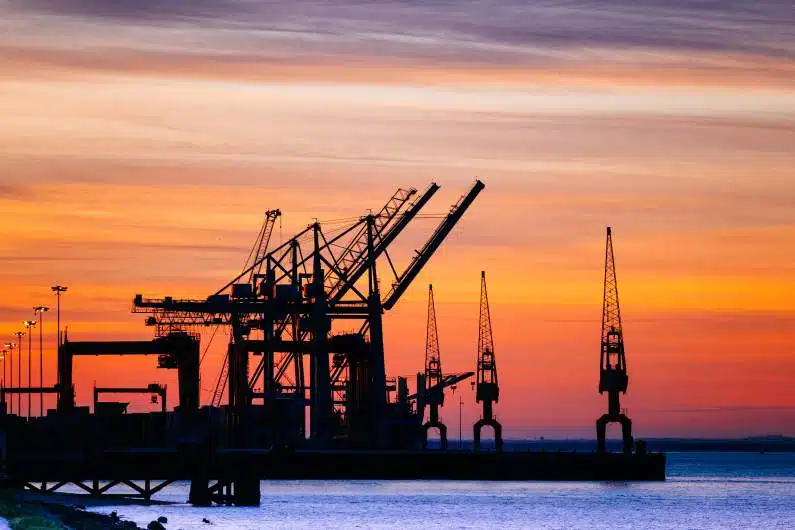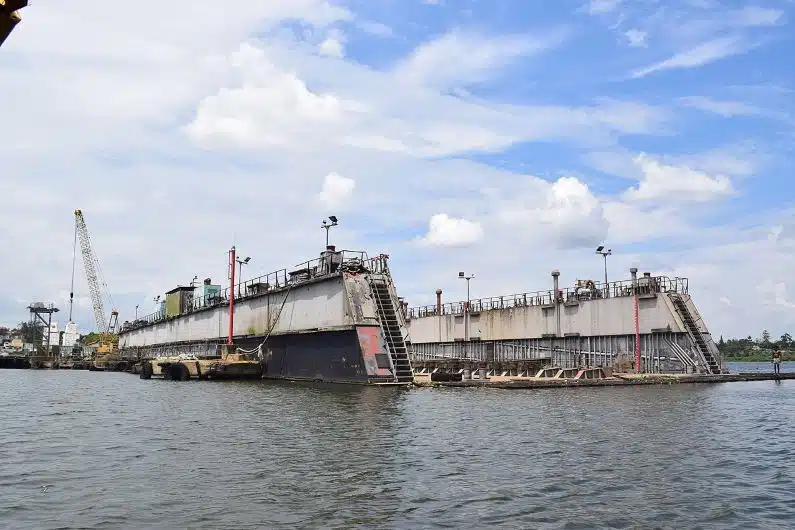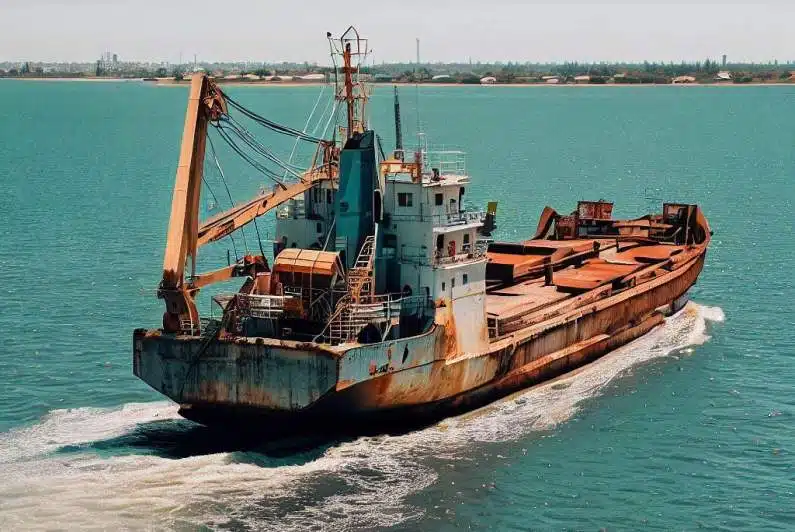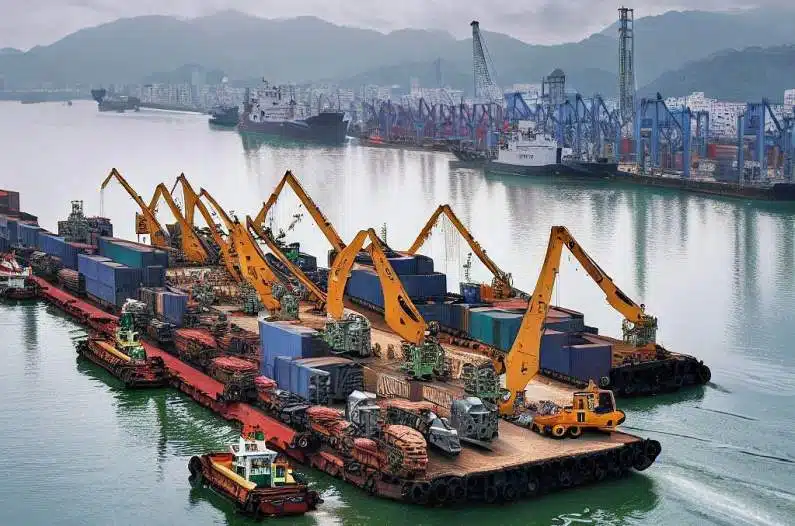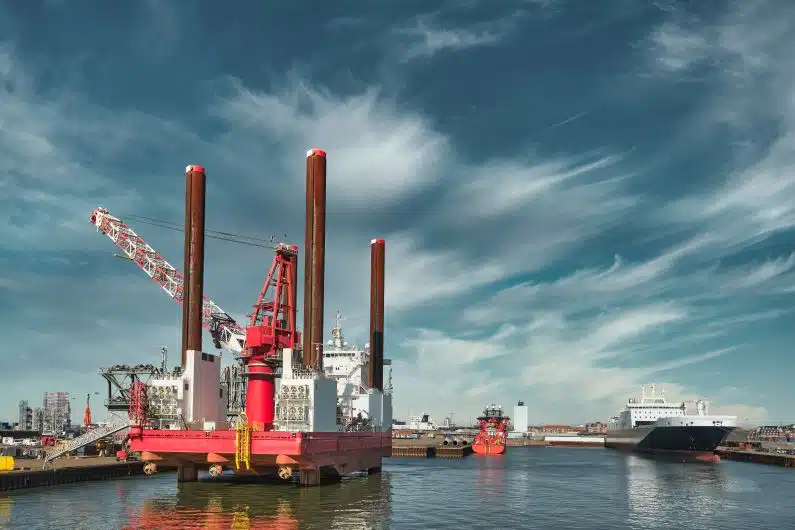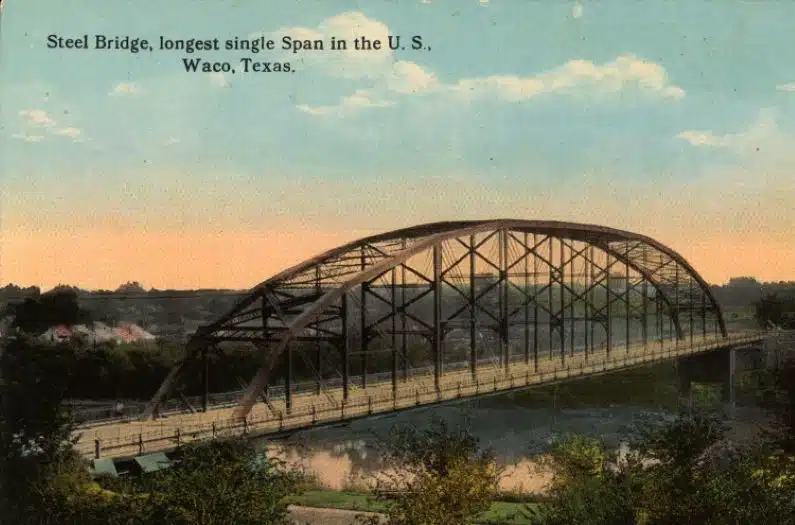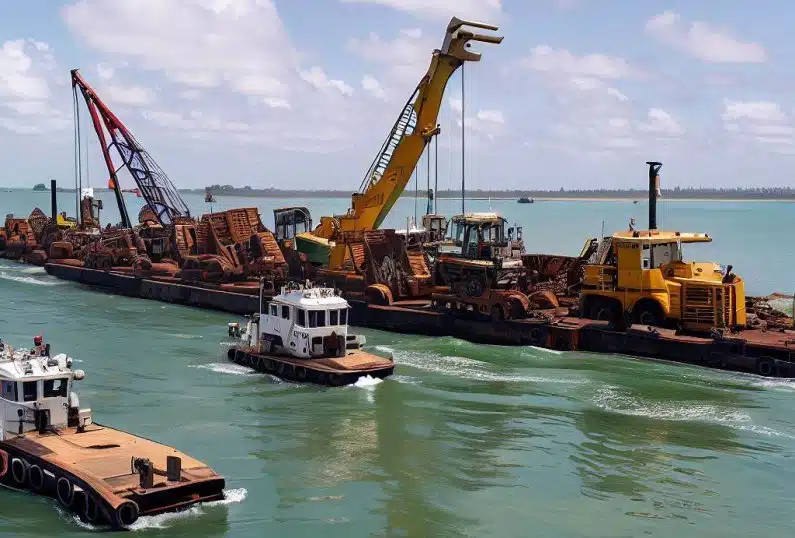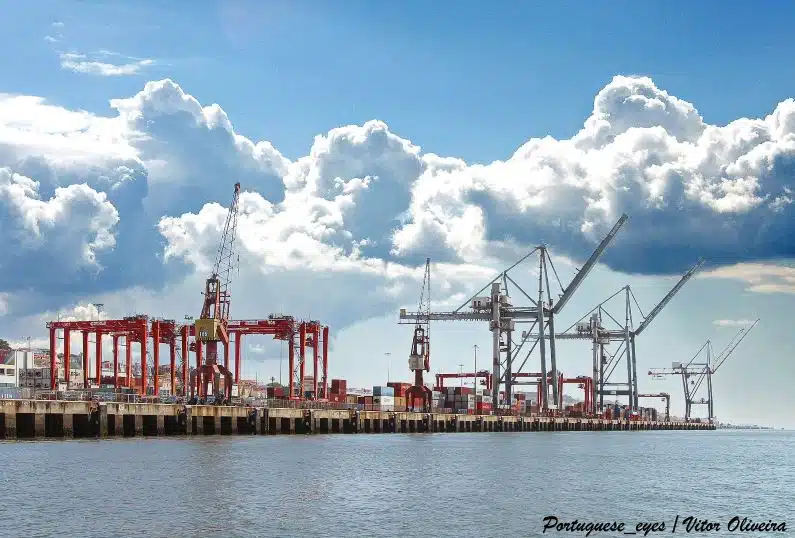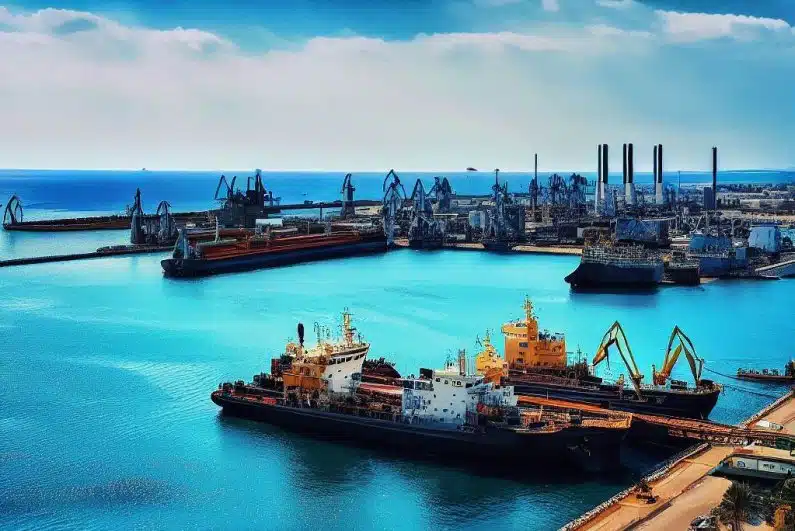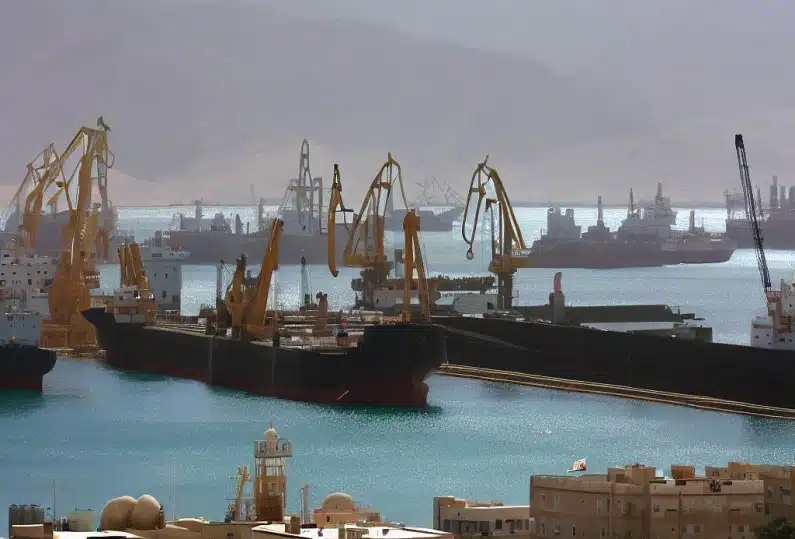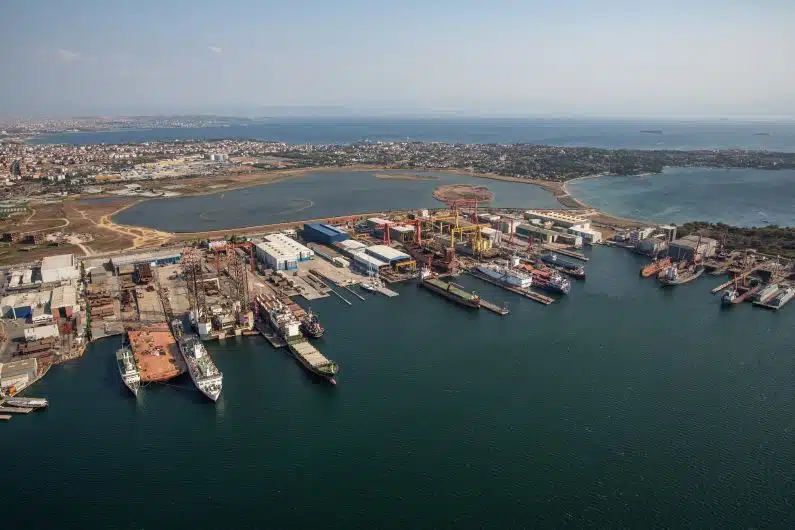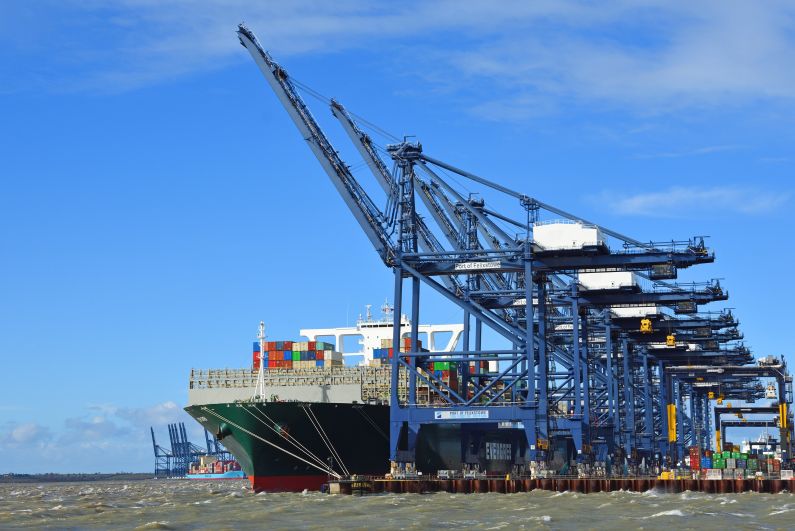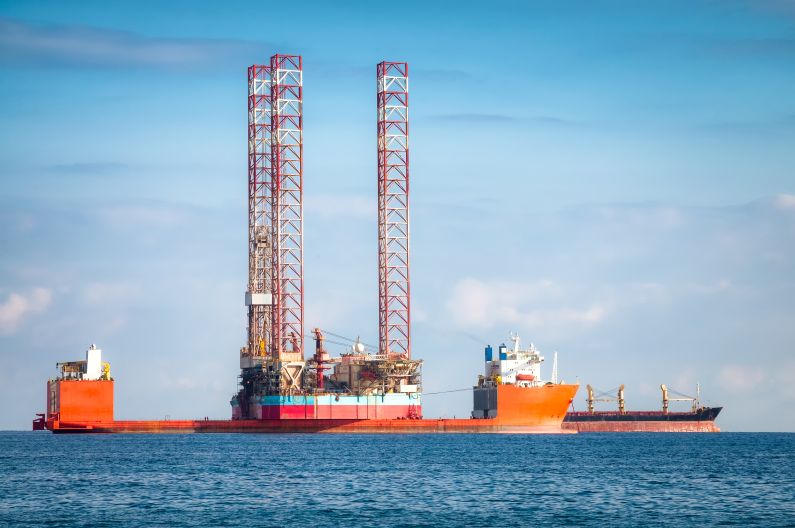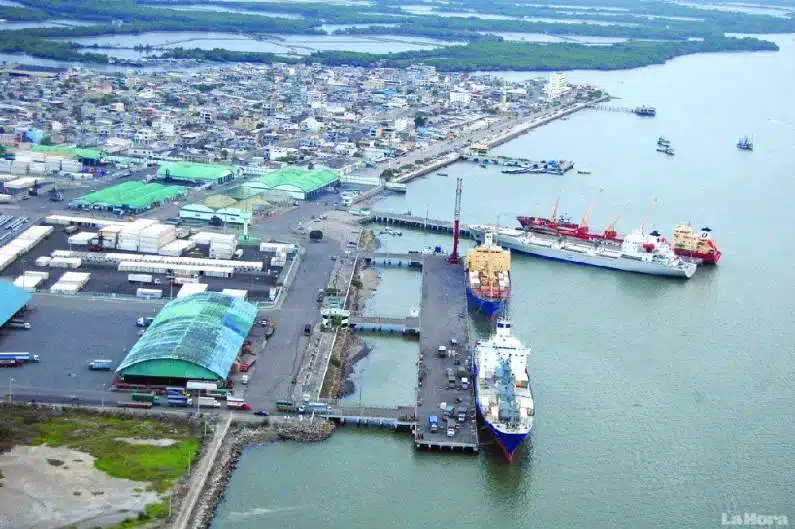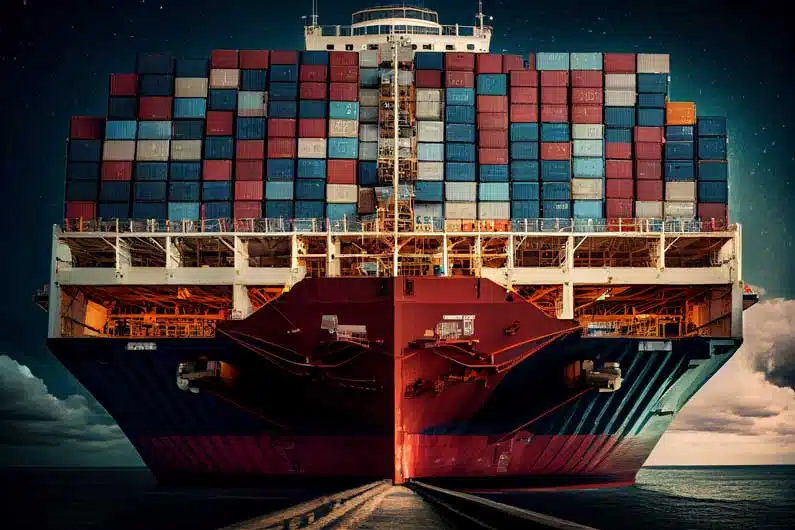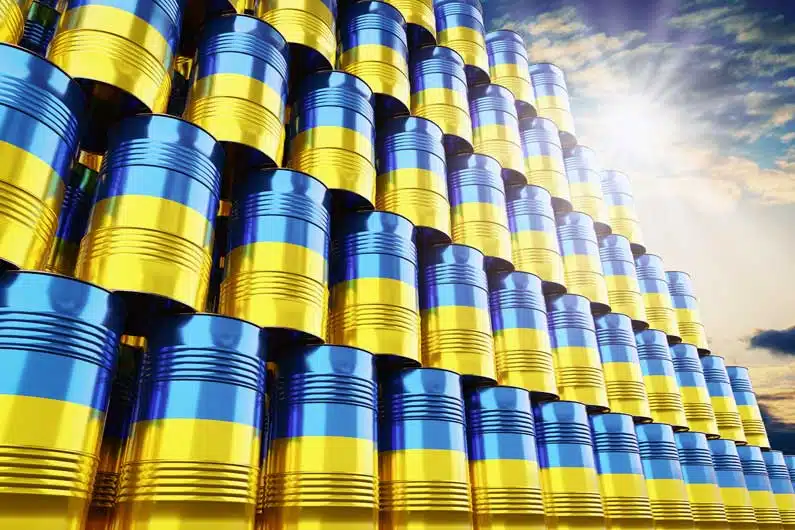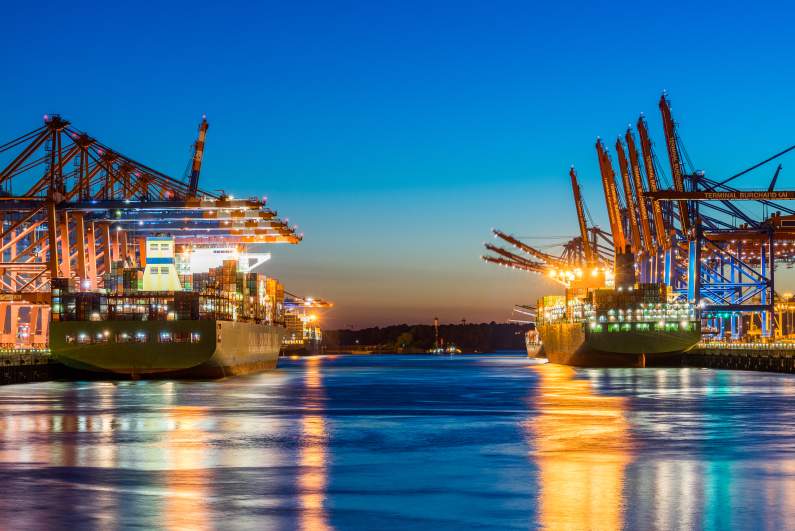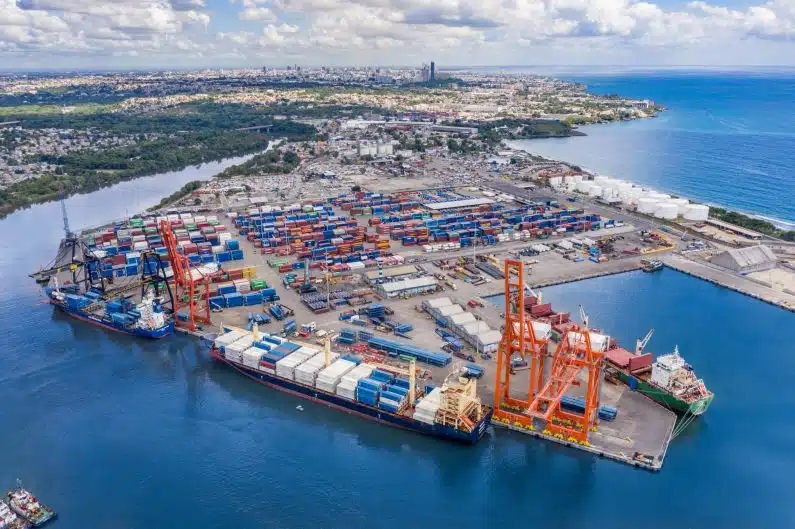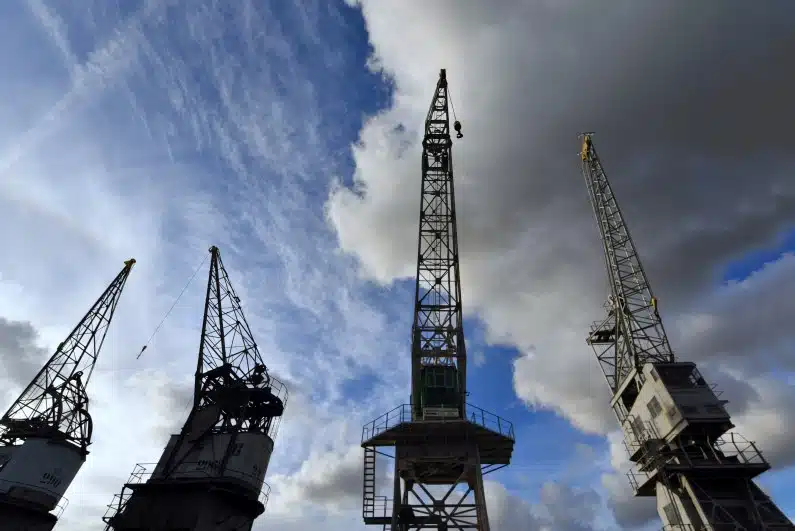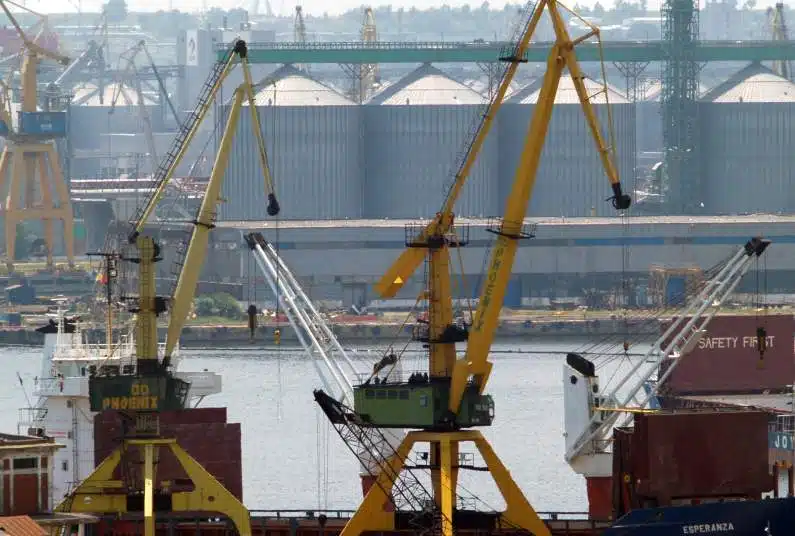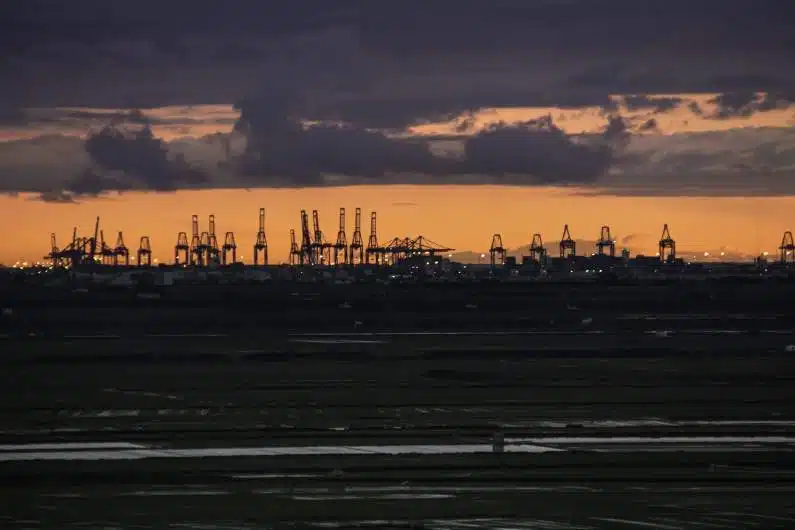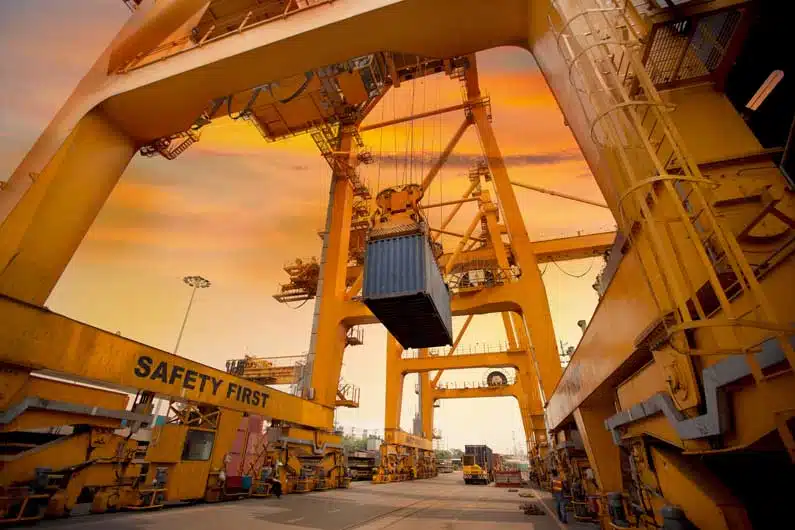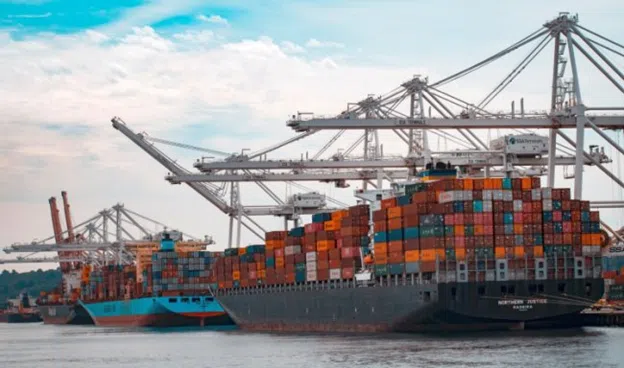Shipping heavy machinery to Italy can be a complex process that requires careful planning and execution. Whether you are a business owner looking to expand operations or an individual relocating to Italy, understanding the ins and outs of shipping heavy machinery is crucial.
In this article we will provide you with valuable insights and step-by-step guidance on how to navigate the challenges of shipping heavy machinery to Italy, ensuring smooth and successful transportation.
Different Types of Machinery Shipped to Italy
Firstly, let’s identify the kinds of machinery that are typically exported from the United States to Italy. These can range from agricultural machinery like tractors and combines to construction machinery like bulldozers, excavators, and cranes.
Similarly, manufacturing equipment such as CNC machines, forklifts, and assembly line machines also make their way from the US to Italy. On the flip side, Italy primarily exports industrial food-processing machinery and packaging equipment back to the United States.
Most Frequent Shipping Methods
Ocean Freight
By far, the most commonly utilized shipping method is ocean freight. Containers carrying machinery are loaded onto cargo ships that traverse the Atlantic. Given that Houston has one of the largest ports in the United States, the Port of Houston is a major hub for such international shipping.
Air Freight
Though costlier and limited by cargo size, air freight is the quickest method for shipping heavy machinery to Italy. This is usually reserved for smaller machinery or equipment urgently needed.
Overland
Once in Europe, road and rail networks may be used for further transit to Italy, especially if the machinery is first shipped to a neighboring country.
Major Italian Sea Ports
- Port of Genoa – Located in the northwest, it is Italy’s busiest sea port and an excellent entry point for goods headed to northern Italy and beyond.
- Port of Trieste – Primarily used for goods intended for Central and Eastern Europe.
- Port of Naples – Ideal for goods destined for southern Italy.
- Port of Gioia Tauro – Mainly a transshipment port, well connected with other Italian ports.
- Port of Venice – Specializes in handling heavy and oversized cargo.
Main Italian Airports for Heavy Equipment
- Leonardo da Vinci–Fiumicino Airport (Rome) – The largest and busiest airport, well-equipped to handle heavy machinery.
- Malpensa Airport (Milan) – Important for goods intended for the industrial north.
- Orio al Serio International Airport (Bergamo) – Specializes in cargo and freight services.
Challenges in Shipping Heavy Machinery to Italy
Customs and Regulations
There are strict rules and specific requirements for the documents you need when shipping heavy machinery to Italy and to the US. If you don’t have the right documentation or if something is missing or incorrect, it can cause delays and extra expenses.
It’s important to make sure you have all the necessary paperwork in order to avoid any problems or complications.
Cost
Shipping heavy machinery to Italy can be quite costly. In addition to the freight fees, there are other expenses involved such as handling charges, insurance costs, and customs duties that need to be taken into account.
Size and Weight
Heavy machinery often requires disassembly before shipping and reassembly upon arrival, adding complexity and potential for error.
Environmental Concerns
Shipping heavy machinery to Italy from the US, and vice versa, involves a critical consideration: adherence to environmental regulations.
This is particularly pertinent when dealing with older machinery. Environmental concerns revolve around the potential impacts of the machinery and its transportation on the environment.
Time Sensitivity
Given the long transit times, especially with sea freight, timing can be a critical factor for businesses relying on the machinery.
By acknowledging these complexities, companies can take informed actions to ensure a smoother shipping process. Whether you’re a business owner, logistics coordinator, or freight forwarder, the key lies in meticulous planning and partnering with reliable shipping and handling services.
Equip yourself with a thorough understanding of the shipping landscape and legal requirements. Doing so will not only mitigate risks but also potentially save thousands of dollars and invaluable time.
Trust Texas International Freight
Take action now to streamline your shipping processes and tackle the challenges head-on of shipping heavy machinery to Italy.
Contact our industry experts and ensure your next machinery shipment to Italy is executed flawlessly.
FAQ:
What are the key challenges when shipping heavy machinery to Italy?
The challenges include dealing with customs and regulations, managing costs, addressing size and weight requirements, adhering to environmental concerns, and coping with time sensitivity due to long transit times.
What types of heavy machinery are commonly shipped from the United States to Italy?
Commonly shipped machinery includes agricultural equipment like tractors and combines, construction machinery such as bulldozers and excavators, manufacturing equipment like CNC machines, and industrial food-processing machinery.
How can I ensure a smoother shipping process for heavy machinery to Italy?
A smoother process involves meticulous planning, compliance with legal requirements, and partnering with reliable shipping and handling services. Make sure you have all the necessary documentation, account for all associated expenses, and plan for potential disassembly and reassembly.
Timing and environmental regulations should also be considered.
How much does it cost to ship from Italy to USA?
The cost of shipping from Italy to the USA can vary significantly depending on several factors. These include the type and size of the cargo, the chosen shipping method (ocean freight, air freight, etc.), the specific departure and destination points, and any additional services or requirements.

